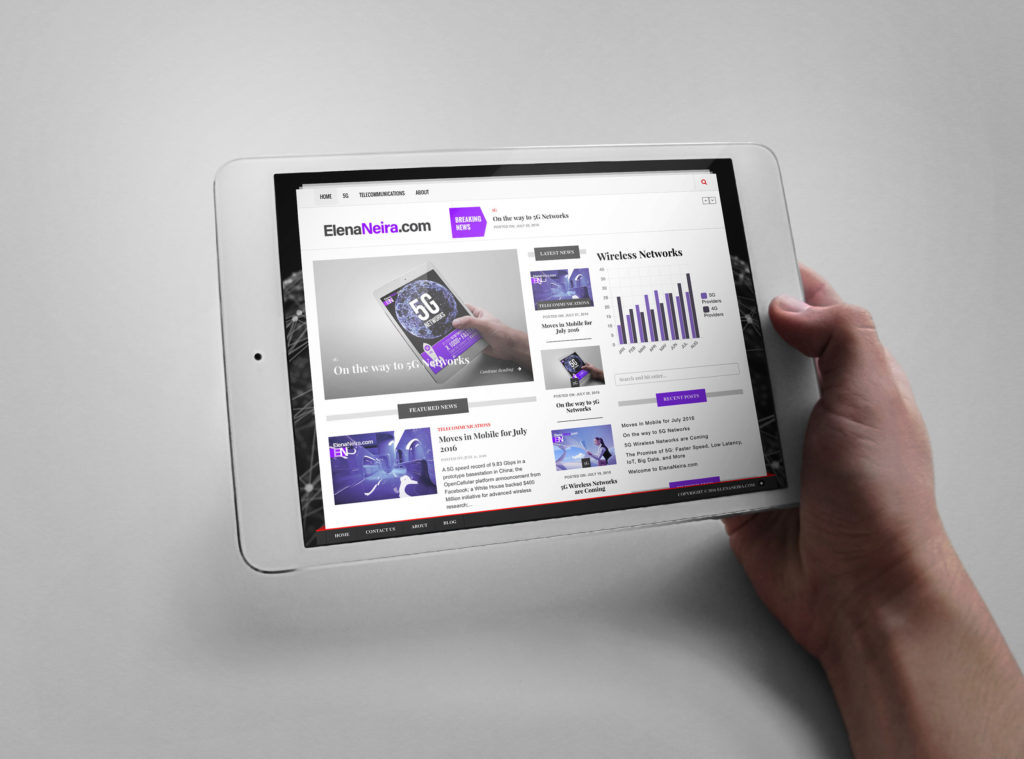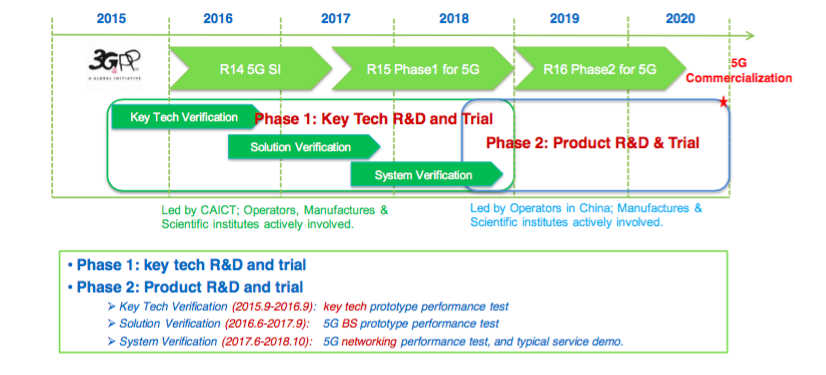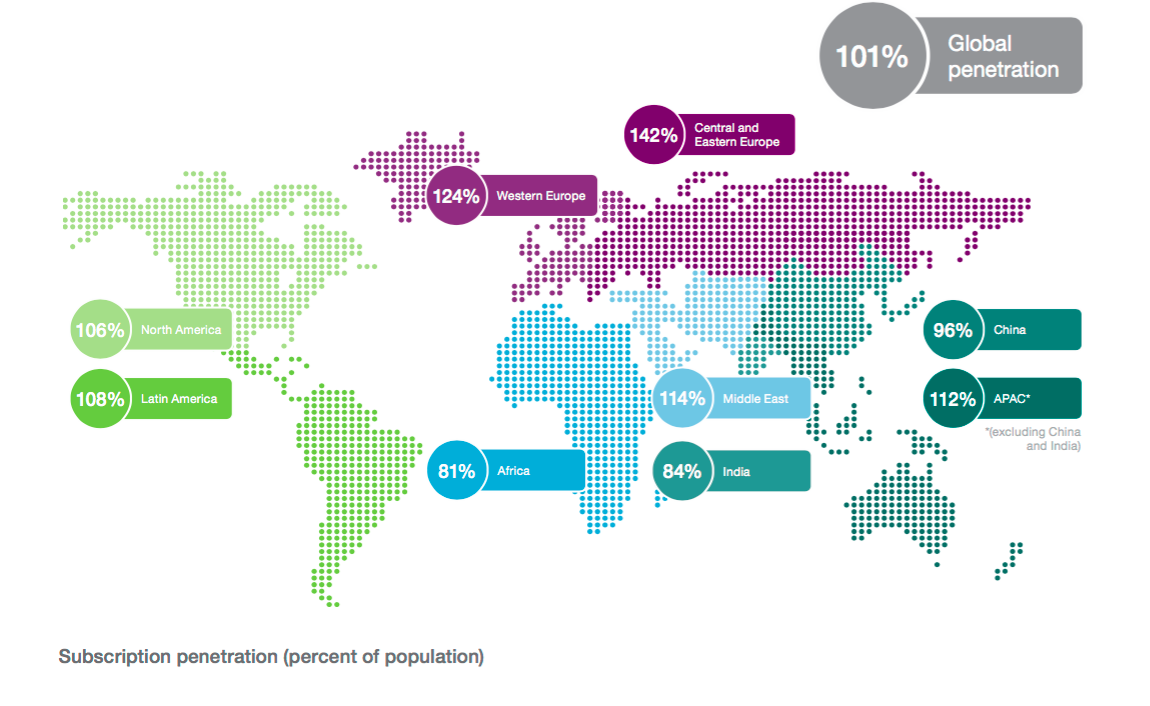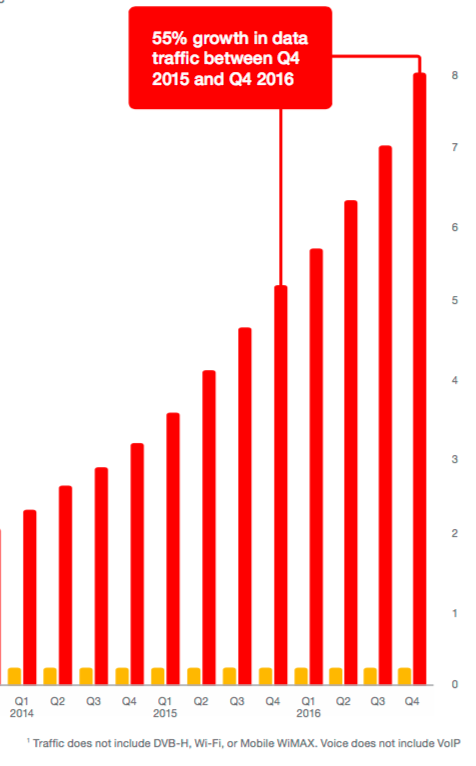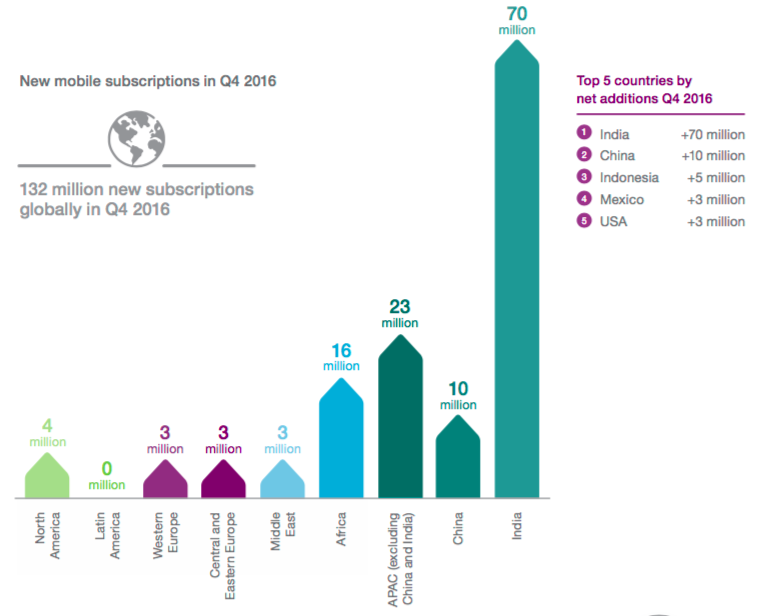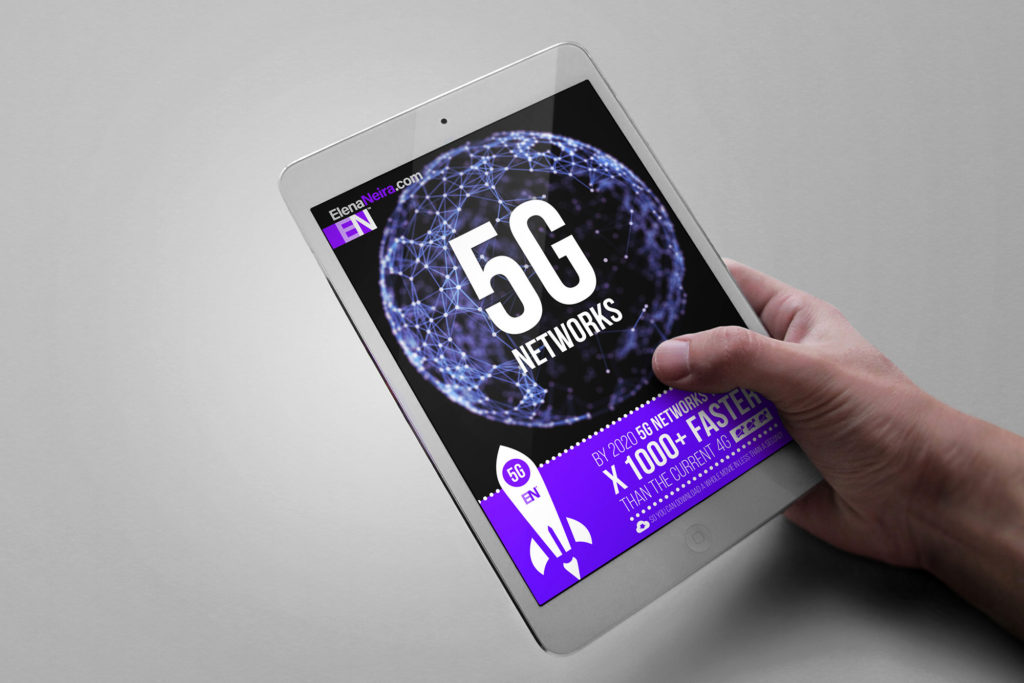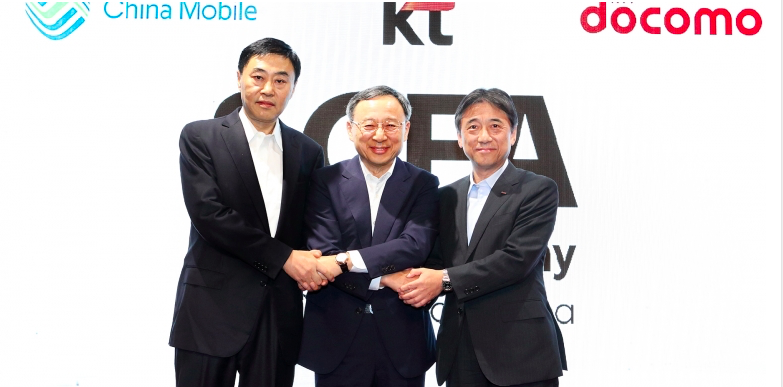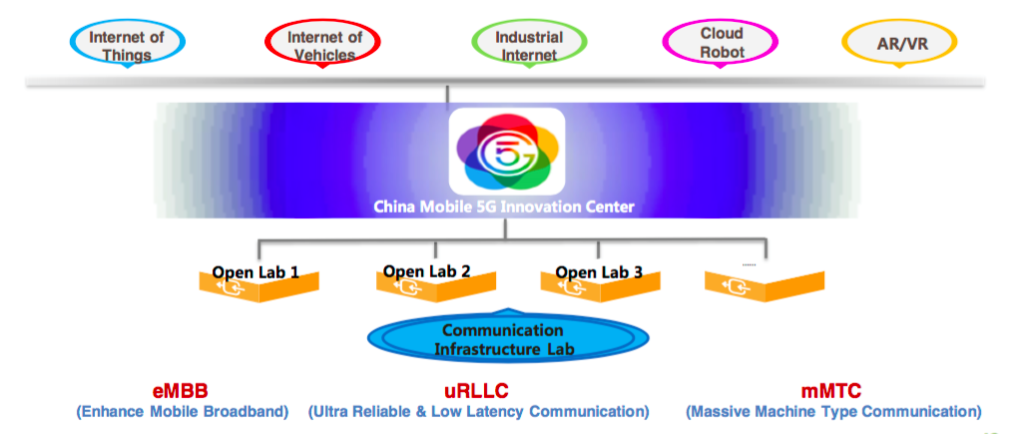DoCoMo is releasing a “Declaration beyond” document that outlines its strategic plan and vision for the innovative business structures for the 5G era. According to DoCoMo, the plan aims at 2020 and beyond, and its objectives are 1) to exceed the expectations of customers and help them connect with their aspirations via exciting and unexpected services; and 2) to create all-new value propositions in collaboration with business partners. The technology aspects of this 5G plan as well details of the first trials of “Services of the 5G era to be created jointly with partners.” are being included as part of recently shared materials with investors for quarterly/yearly reporting purposes.

The plan comes at a turning point for 5G marked by hitting the mid-point technology development milestone around the world. As we saw in China’s case, the early technology development (Phase-1) has been finalized resulting in a technology baseline for 5G that includes ITU’s IMT-2020 requirements, 5G NR for the new radio air interface, and SDN/NFV virtualization for core network aspects. Now the next steps take 5G to focus on technology validations trials, and developing products that take advantage of 5G’s ability to transmit higher data volumes, support gigabit speeds, and deliver better performance.

DoCoMo President Kazuhiro Yoshikawa says, talking about the 5G Declaration Beyond plan that “We want to innovate for our customers’ lifestyles by making the most of 5G,” and this innovation according to the plan will provide their customers new products beyond smartphones, and create new services for them in the areas of self-driving cars, e-sports, disruptive new financial and payment services, and artificial intelligence. And with this, DoCoMo’s journey to develop its 5G business has been put in motion.
Among the different declarations (full list below) of the 5G business plan, Creation and Co-Creation are worth noticing. With Creation, DoCoMo is taking the step to define its 5G ecosystem as a platform to collaborate with partners in creating standard-setting new services that leverage 5G strengths including low latency, ultra-high speed, ultra-large capacity and massive device connectivity. The first trials of this Creation approach starts in May 2017 and includes partners such as Alsoc, Toppan, Crescent, inc. and the Tobu Group. Co-Creation aims at working with industry verticals. including education, sports, healthcare, mobility and work style.
Here are the details of the six declarations (*) in Declaration Beyond are:
-
Market leader: DoCoMo aims to lead the market in value propositions by further integrating and evolving its services, actively returning value to customers through a wide array of tangible benefits, including strengthened loyalty programs and attractive billing plans. By fiscal 2020, the total number of “d POINT” partners will be increased to more than 300 partners, with the aim of establishing “d POINT” as one of Japan’s largest point programs.
As a first step, on May 10, “docomo POINTs” earned under the former loyalty program will be transferred to the “d POINT” program, extending the validity period of the points and expanding the ways they can be used. And on May 24, the new “Simple Plan” and “Ultra Share Pack 30” subscriber plans will be launched. -
Style innovation: Leveraging the strengths of 5G, DoCoMo will launch a wide range of exciting and unexpected services under a company-wide project called “empower+d challenge” (empowered challenge), which will enable customers to realize their aspirations and achieve greater affluence. In particular, through the creative application of virtual reality, artificial intelligence (AI) and IoT technologies, DoCoMo will offer all-new innovation for customer experiences, lifestyles and work styles. Initiatives will target nine sectors in three fields:
- Experience innovation – New entertainment, Next-generation mobility and Sharing
- Life style innovation – AI agent, FinTech and Total healthcare
- Work style innovation – Drone robotics, Work innovation and Work matching.
As one example, several new entertainment experiences will be rolled out during DoCoMo’s 25th anniversary celebration
-
Peace of mind and comfort support: DoCoMo will use AI to develop all-new customer contact points for the provision of optimal, stress-free support for each customer, anytime and anywhere, with a special emphasis on reducing customer wait times. A new system will enable customers to consult their smartphones about a wide range of issues, and measures for enhanced communication will be implemented for issues requiring specialized assistance.
-
Industry creation: DoCoMo, the leader in emerging 5G technologies and services, will collaborate with partners across a wide range of industries to contribute to social and industrial development through 5G technologies. From late May 2017, 5G trial sites will be launched to enable partner companies and DoCoMo to collaborate in creating standard-setting new services that leverage 5G strengths including low latency, ultra-high speed, ultra-large capacity and massive device connectivity.
-
Solution co-creation: DoCoMo also will collaborate with partners in six key fields-primary industries, education, sports, healthcare, mobility and work style reform-aiming to contribute to further growth and prosperity in Japan, including through the vitalization of regional economies. In the case of work style reform, collaborations will facilitate telework environments and share offices, to be introduced this year.
-
Partner business expansion: The plan’s sixth declaration is the further enhancement and evolution of DoCoMo’s business platforms for loyalty points, customer referrals, FinTech, AI agents, IoT, drones and other business areas, which partners will use to expand transaction flows, develop new business and realize higher levels of productivity.
Going forward, DoCoMo will steadily implement its “Declaration beyond” medium-term strategy to establish an increasingly innovative business structure. At the same time, the company will continue to strengthen its business platform, aiming to pass on value to customers and invest in further growth, as well as leverage advanced 5G technologies for the ongoing evolution of its value propositions.
The timing for releasing this 5G business development report was made to coincide with the release of good 1Q2017 results, and with the summary of year 2016 results, signaling to markets that the transition to next generation 5G business and technology has been set in motion, and becomes part of regular business reporting as is the rest of the business reports presented to investors.
Source: NTT DoCoMo
(*) To view PDF files, you need the Adobe® Reader® plug-in offered free of charge from Adobe Systems, Inc. When viewing the PDF files with Adobe® Acrobat®, use version 10 or later.
© 2017 www.5g-magazine.com – All rights reserved.
Find us also in Facebook, Google+, Instagram, Medium, and Twitter.
Use of this Web site signifies your agreement to its Terms & Conditions.
For partnerships, inquiries, please contact us at social media(at)5g-magazine.com.

